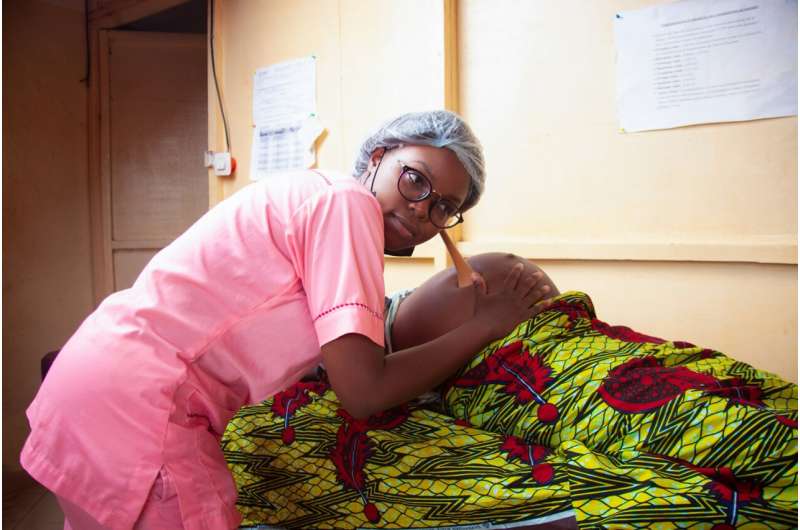Innovative AI Method Measures and Monitors Aging Cells

A cutting-edge AI-powered technique for measuring and tracking cellular senescence offers new insights into aging and age-related diseases, paving the way for potential therapies.
Recent advancements in high-resolution imaging combined with artificial intelligence (AI) have led to a novel approach for tracking cellular aging and damage. Researchers at NYU Langone Health have developed a machine learning-based tool capable of analyzing changes in cell nuclei, which are indicative of cellular senescence—a state where cells stop dividing and contribute to aging-related diseases such as cancer and heart disease. This AI-assisted technique allows scientists to quantify specific nuclear features, such as size, shape irregularities, and genetic material density, providing a comprehensive senescence score.
The study involved training a computer system using animal cells subjected to chemical stress to simulate aging. The AI identified measurable changes in nuclear morphology that closely correlated with the degree of cell aging. These features include nuclear expansion, denser centers or foci, and irregular shapes, along with lighter-staining genetic material. Validation experiments confirmed that cells with these nuclear characteristics exhibited typical signs of senescence, including halted reproduction and DNA damage.
To facilitate widespread research, the team developed the nuclear morphometric pipeline (NMP), which condenses nuclear features into a single senescence score. This score successfully distinguished between healthy and senescent cells across different age groups and tissue types, from young to aged mice. The NMP also effectively tracked tissue repair processes, identifying senescent cells in injured muscle tissue and distinguishing aged cartilage cells from younger ones, highlighting its potential for studying aging and related diseases.
The researchers plan to expand their work to include human tissues and explore the integration of the NMP with other biomarker tools. Their ultimate goal is to leverage this technology to develop interventions that can prevent or reverse cellular aging, accelerating research on anti-aging therapies. The approach, which relies on commonly used nuclear staining, offers a reliable and accessible alternative to previous, more complex methods for detecting senescent cells. This breakthrough promises to enhance understanding of tissue regeneration, aging processes, and disease progression, paving the way for innovative treatments.
Source: https://medicalxpress.com/news/2025-07-ai-technique-track-aging-cells.html
Stay Updated with Mia's Feed
Get the latest health & wellness insights delivered straight to your inbox.
Related Articles
A Simple Blood Test May Predict Your Lifespan and Healthy Aging
Discover how a simple blood or saliva test measuring DNA methylation patterns can predict your biological age, assess health span, and guide personalized strategies for healthier aging.
Understanding the 'Kissing Bug' Disease and Its Risks in Texas
Kissing bugs can transmit Chagas disease, which is increasingly reported in Texas. Learn about transmission, symptoms, and prevention of this parasitic illness affecting millions globally.
Reevaluating the Cancer Risk of GLP-1 Receptor Agonists: What the Latest Research Shows
Recent studies suggest GLP-1 receptor agonists may lower overall cancer risk, but the evidence is mixed regarding specific cancers like kidney cancer. Learn about the latest findings and their implications for health.
Enhancing Postpartum Care for NICU Mothers Through Doula and Midwife Support
A new study shows that integrating doulas and midwives into NICU postpartum care significantly improves access to vital health services for mothers of premature and fragile infants, fostering better health outcomes.



